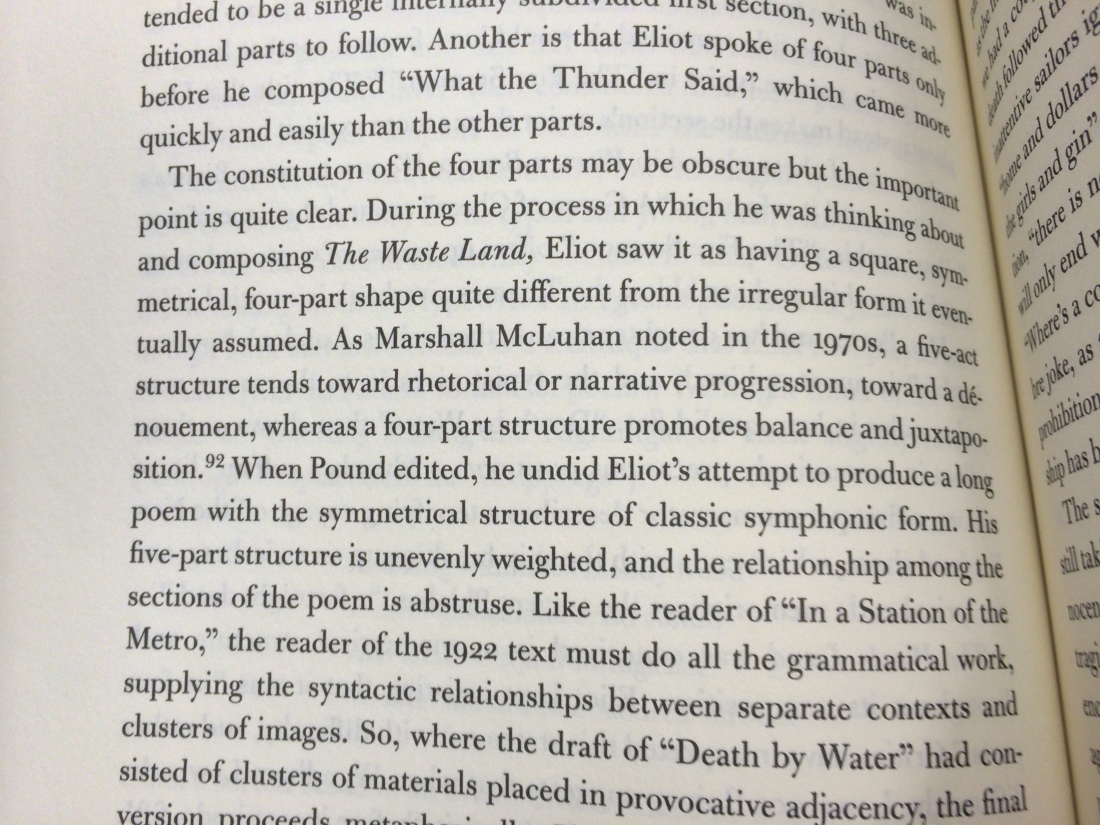A re-post from the Preserving Games blog, January 24, 2010.
Hutchison, A. (2008). Making the Water Move: Techno-Historic Limits in the Game Aesthetics of Myst and Doom. Game Studies, 8(1). Retrieved from http://gamestudies.org/0801/articles/hutch
This 2008 Games Studies article examines the effect technology (or the “techno-historic” context of a game work) has on game aesthetics. The author defines the “game aesthetics” as “the combination of the audio-visual rendering aspects and gameplay and narrative/fictional aspects of a game experience.” It is important to note that audio-visual aspects are included in this definition along with the narrative/fictional components. This is because the author later argues that advancing audio-visual technology will play an important role in advancing the narrative aspect of games.
The article begins with a comparison of two iconic computer games of the mid 1990s: Myst and Doom. Specifically the design response in each game to the technological limitations of PCs at the time is examined. Very briefly, we see that Myst takes the “slow and high road” to rendering and first-person immersion, while Doom adopts the “fast and low road.” As the author explains, each response was prompted by the limitations of rendering that a personal computer could perform at the time. For its part, Myst’s design chooses to simply skip actual present-time 3D rendering and use only pre-rendered, impeccably crafted (at the time) images to move the player through the world. Minor exceptions exist when Quicktime video is cleverly overlaid onto these images to animate a butterfly, bug, moving wheel, etc. This overall effect very much informs the game’s aesthetic, as anyone who played the original can recall. Myst is a quiet, still, contemplative and mysterious world. Continuous and looping sound is crucial to the identity of the world and the player’s immersion. Nearly every visual element is important and serves a purpose. The designers could not afford to draw scenes extraneous to the gameplay. The player’s observation of the scenes available is key, and the player can generally be assured that all elements in the Myst world warrant some kind of attention. Hardware limitations of the time, such as the slow read time of most CD-ROM drives, serve to reinforce this slow, methodical gameplay and visual aesthetic.
Doom by contrast uses realtime rendering at the expense of visual nuance and detail. Doom achieves immersion through visceral and immediate responsiveness, and its aesthetic is one of quick action and relentlessly urgency. The low resolution of the art and characters is compensated by the quick passing of those textures and objects, and by the near-constant survival crisis at hand. Redundancy of visual elements and spaces is not an issue: the player can face down hordes of identical opponents in similar spaces (sometimes the exact same space) and not mind at all because the dynamism of the gameplay is engaging enough to allow such repetition. Pac-Man had the same strength.
From this comparison the author goes on to speculate how techno-historic limitations inform aesthetics in general, and whether the increasing capacity of personal computers to render audio-visual components in extreme and realtime detail will inform the narrative/fictional aspects of games as well. One only needs a passing familiarity with games to know that this aspect of games has been widely disparaged in the media and in some academic writing. Some quotes the author uses to characterize the degenerative trend of popular media and the game industry’s complicity in the coming intellectual apocalypse:
Perhaps lending strength to this phenomenon is a current popular culture stylistic trend which emphasises “spectacle” over narrative and gameplay. Peter Lunenfeld has identified this broad movement in popular culture generally:
Our culture has evacuated narrative from large swaths of mass media. Pornography, video games, and the dominant effects-driven, high concept Hollywood spectaculars are all essentially narrative-free: a succession of money shots, twitch reflex action, and visceral thrills strung together in time without ever being unified by classic story structure (Lunenfeld, 2000, p.141).
And more specifically dealing with games:
“It is a paradox that, despite the lavish and quite expensive graphics of these productions, the player’s creative options are still as primitive as they were in 1976” (Aarseth, 1997, p.103).
Most interesting is the observation that richer media capabilities does not necessarily translate to glossier, superficial renderings. Richer media can mean a more meaningful experience for the player. Nuance and subtlety can be introduced, more information-rich media can mean more powerfully conveyed characters and a more fully realized narrative.
On top of this, one can expand the definition of “story” and “narrative” as id developer Tom Willits argues in this Gamasutra report:
“If you wrote about your feelings, about your excitement, the excitement you felt when new areas were uncovered [in Doom] — if you wrote it well, it would be a great story,” Willits says. “People call it a ‘bad story,’ because the paper story is only one part of the game narrative — and people focus on the paper story too much when they talk about the story of a game.”
Information, he maintains, is learned through experiences, and the experience of playing a game is what forms a narrative, by its nature. Delivering a story through the game experience is the “cornerstone” of id Software’s game design, and the key when developing new technology.
Whatever your opinion on what constitutes story and narrative in media, the author of this piece has made a compelling argument that advancing technical capabilities could directly inform the narrative/fictional aspect of a game’s aesthetics, and certainly has done so in the past.





